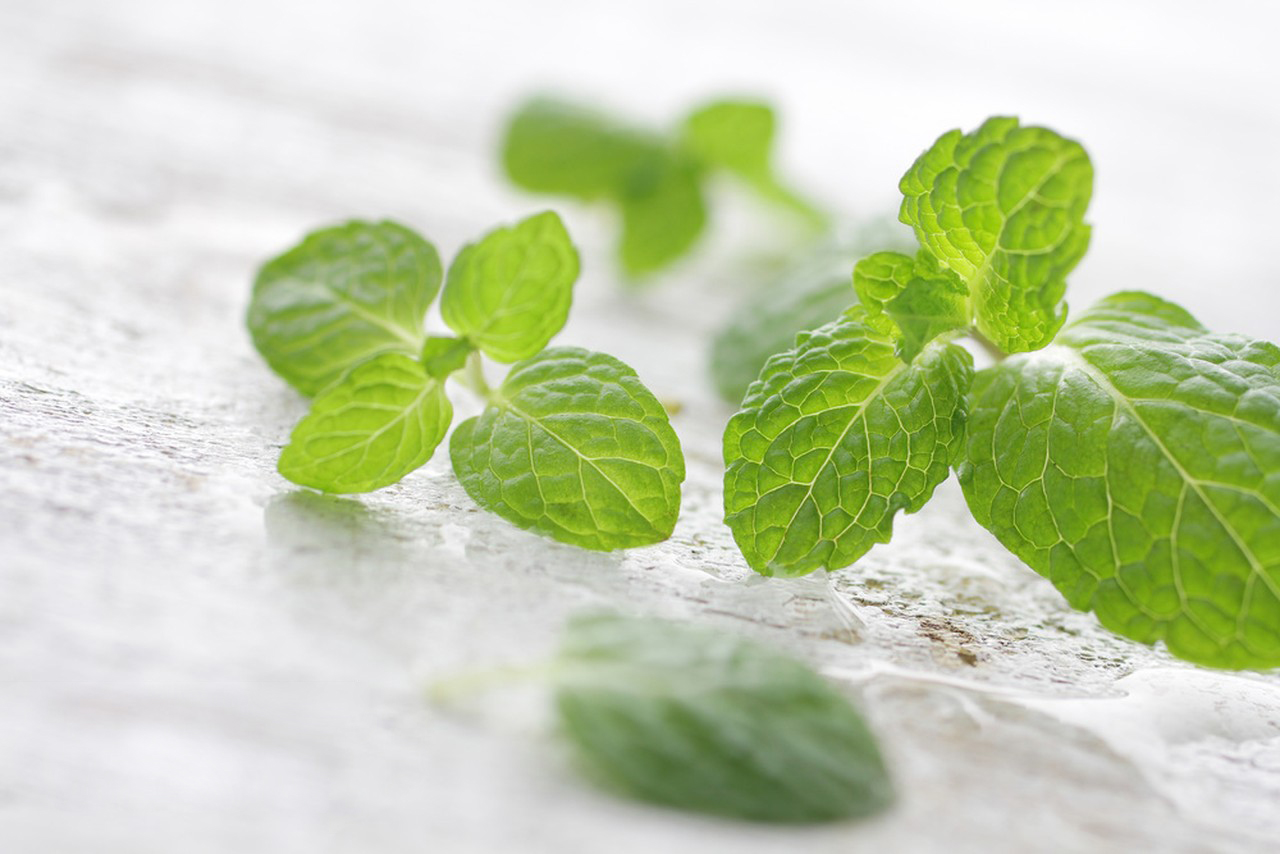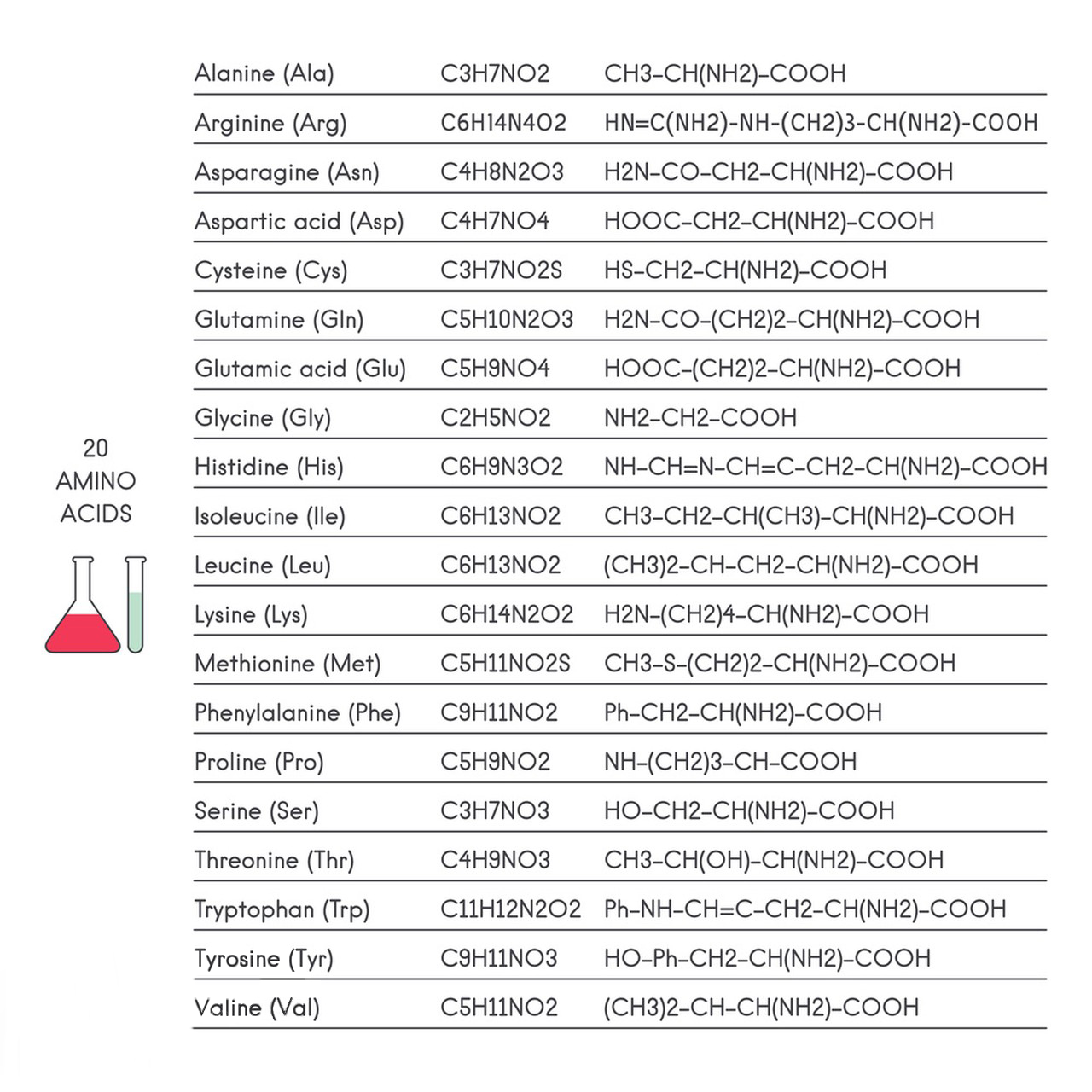TL-Tryptophan is an essential amino acid, which means that it is necessary for the human body’s proper functioning but cannot be synthesized within the body and must be obtained through the diet. Here’s an example of how you might structure the materials and methods section for a study involving L-tryptophan:
Materials of L-Tryptophan
1.1. Chemicals and Reagents
- L-tryptophan (purity ≥ 99%)
- Solvent (e.g., distilled water, ethanol, or buffer solution)
- Standard chemicals for calibration (if applicable)
1.2. Biological Samples (if applicable)
- Description of the biological samples used (e.g., cell lines, tissues, organisms)
- Source and origin of the biological samples

2. Equipment
- Analytical balance
- Spectrophotometer
- HPLC (High-Performance Liquid Chromatography) system (if analyzing L-tryptophan)
- pH meter (if adjusting the pH of solutions)
- Pipettes and pipette tips
- Vortex mixer
- Glassware and lab consumables (flasks, vials, cuvettes, etc.)
- Centrifuge (if needed for sample preparation)
Methods of L-Tryptophan
3.1. L-Tryptophan Solution Preparation
- Describe how you prepared L-tryptophan solutions, including the concentration and volume used.
- Specify the solvent used and any adjustments made to the pH of the solution if applicable.
3.2. Sample Collection and Preparation (if applicable)
- Explain how biological samples were collected and processed before analysis.
3.3. Calibration Curve (if using HPLC or other quantitative analysis)
- Detail the procedure for preparing a calibration curve using known concentrations of L-tryptophan standards.
- Include the range of concentrations used for the calibration curve.
3.4. Analytical Method (e.g., HPLC)
- Describe the instrument settings and conditions used for L-tryptophan analysis.
- Include information on mobile phase composition, column type, flow rate, and detection wavelength.
- Explain the injection volume and run time.
3.5. Data Collection and Analysis
- Explain how data was collected during the experiment (e.g., absorbance measurements, chromatogram integration).
- Detail any software or statistical methods used for data analysis.
3.6. Quality Control
- Mention any quality control measures taken during the experiment (e.g., replicates, blanks, controls).
3.7. Statistical Analysis (if applicable)
- Describe the statistical methods used to analyze the data, including any software or statistical tests employed.
3.8. Ethical Considerations (if applicable)
- Provide information on ethical approvals and consent if your study involves human or animal subjects.
3.9. Safety Precautions
- Mention any safety precautions taken when handling chemicals or biological materials.

4. Statistical Analysis
- Specify the statistical tests or software used for data analysis.
- Include the significance level (alpha) and any post-hoc tests conducted.
This is a general outline for the materials and methods section of a study involving L-tryptophan. Depending on the specific nature of your experiment or research, you may need to adapt and expand upon these sections to provide a clear and comprehensive description of your procedures.
